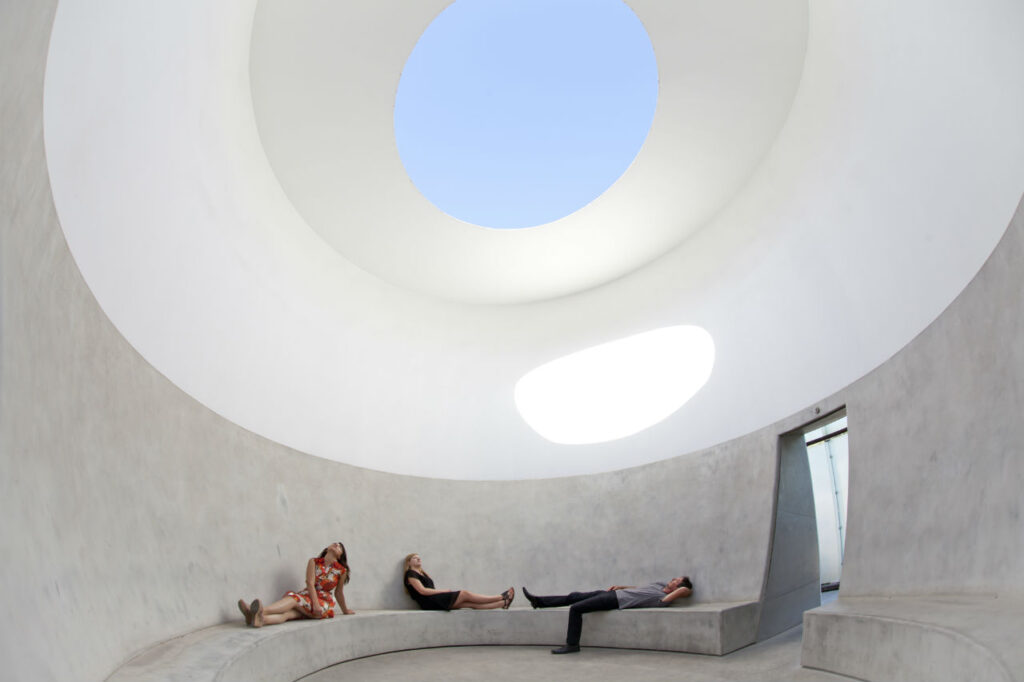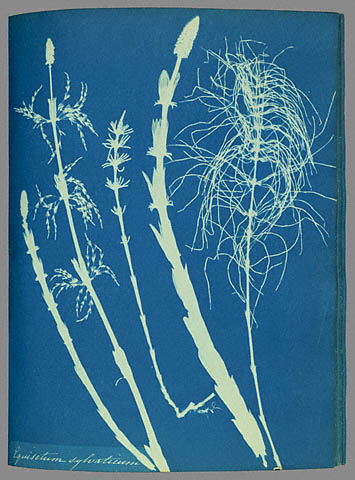Sun, Science, and Light: Creating Cyanotypes
Since this week marks the summer solstice, I can’t help but think about the sun.
Since the dawn of humanity (pun intended), artists have been inspired by the sun—its dazzling, changing light, but also the interesting shadows it creates. Two artworks in the Scottsdale Public Art collection come to mind when I think about the sun: James Turrell’s Knight Rise and Soleri Bridge and Plaza. Turrell’s work focuses on the changing light in the sky, while Soleri’s creates deliberate shadows on the ground throughout the year, casting its longest shadow during the winter equinox and casting no shadow during the summer solstice.

But for Arizona, the summer solstice kicks off our daytime hibernation period to avoid the heat of the day. So, what better way to harness the power of the sun and your creativity than through a fun and easy process called cyanotypes?

Cyanotypes are a type of photographic process that create brilliant blue prints, hence the “cyan.” The paper is treated with a combination of chemicals, and then objects are placed on the paper and exposed to light. Wherever the objects cast shadows, the paper is left its original color. Wherever the paper is exposed to light is left a brilliant blue.
There are two ways you can create cyanotypes at home without using chemicals. One way is to buy a sunprint kit. Just follow the instructions, and this light-sensitive paper reacts when exposed to sun and sets using just water. You can also use inexpensive construction paper. Construction paper fades when exposed to light. You’ll need to carefully tape the objects down and leave it in the light for much longer (a day or more), but you’ll still capture the essence of a cyanotype.
Tips for creating cyanotypes:
- Use a variety of objects in different sizes and shapes.
- Combine organic and manufactured objects.
- Think about the composition. Arrange the objects in interesting ways.
- Play with exposure times by leaving some objects on for longer than others.
- Use strings and sticks to create lines.
- Experiment and explore. Happy accidents can create exciting artworks.
Back to Spark home.
CONNECTIONS: Amplify | Immerse | Inspire
